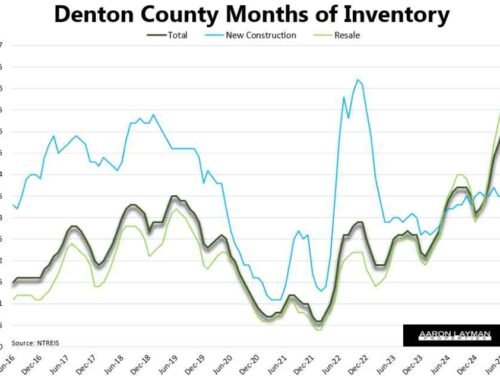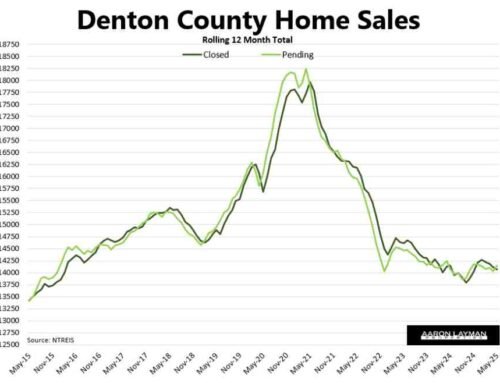With the Federal Reserve’s balance sheet normalization process set to kick into a higher gear next month, all roads still point toward a yield curve inversion. While govt officials and the Fed’s pie-in-the-sky economists continue to was about a robust economy with unemployment levels hovering near cycle lows, there are some widening cracks appearing in the global QE Ponzi scheme.
Yesterday the Fed found some “widespread and critical deficiencies” in Deutsche Bank’s capital planning controls. You don’t say! The stock of Germany’s largest bank, a toxic time bomb of opaque derivatives, continues to plumb news lows every day and could soon be headed to single digits. Deutsche Bang AG (DB) has plummeted nearly 50 percent YTD, and is now at roughly half of it’s value when it collapsed from over $120 to just $20 from 2007 to 2009.
DB is probably one of the biggest sources of distress for ECB officials who are still printing money to keep zombie European financial institutions afloat while they talk about following the Fed’s lead to wind down their balance sheets. DB also serves as a reminder of what QE was really all about. Despite the Federal Reserve’s assertions to the contrary, QE was all about saving their real constituents…Wall Street banks.
The folks at the Fed had to figure out a way to bury all of those toxic assets, and what better way than a taxpayer bailout. All of the deflections about stabilizing the real economy and saving millions of American jobs was simply a great PR stunt as the Fed continued to enable the wealth extraction machine that revolves between DC and NY. Successive rounds of quantitative easing (QE) robbed private investors and savers of interest income and profits, but it also created gross distortions in assets like stocks and real estate. Of course you won’t hear many existing owners of assets complaining about the latter.
With the Fed ramping up their balance sheet roll-off to $40 billion per month in the 3rd quarter, it would be reasonable to expect more volatility. Make that a double if the Fed actually hikes rates two more times this year as they have hinted at doing. Mr. Market has already sniffed out a few kinks in that plan as evidenced by the recent flattening of the yield curve and the drop of 10-year yields. The Dow Jones U.S. Home Construction Index has sold off quite precipitously this year, another reminder that record high prices and rising interest rates are not an ideal combination.
Those long-term Treasury yields are an indication of real demand in the economy. Like stagnating U.S home sales, they are a clue that all is not well behind the scenes. The Fed has a problem of their own creation, but it is one of many. The lack of credibility of the officials dictating FOMC policy becomes more evident with each downward slope of the yield curve.
As a reminder, yield curve inversion is not a good thing for our distorted markets, and certainly not the real estate market. A flattening yield curve is an indicator that trumped-up glossy headline numbers are masking some deficiencies in the real economy. Speculation in the housing sector is still alive and well, with many home buyers making irrational decisions based on FOMO.
If you are in the market to sell a home, the trend is still your friend. The Dallas-Fort Worth housing market is still humming along quite nicely. Luxury homes in the DFW area are still in high demand. Affordable homes are hard to find anywhere. That could change, however, with a meaningful correction in the markets. As the citizens of Toronto are learning quite painfully, what is driven up by artificial liquidity and speculation can also fall. Home price appreciation is not a perpetual one-way street. 2008 should have taught us that.
If you are afraid of missing out on your opportunity to buy your dream home, don’t worry. There’s a solution for every problem. You can even find a company to front you the cash so you can win a bidding war against other housing market speculators, even those pesky speculators from foreign countries.











Leave A Comment